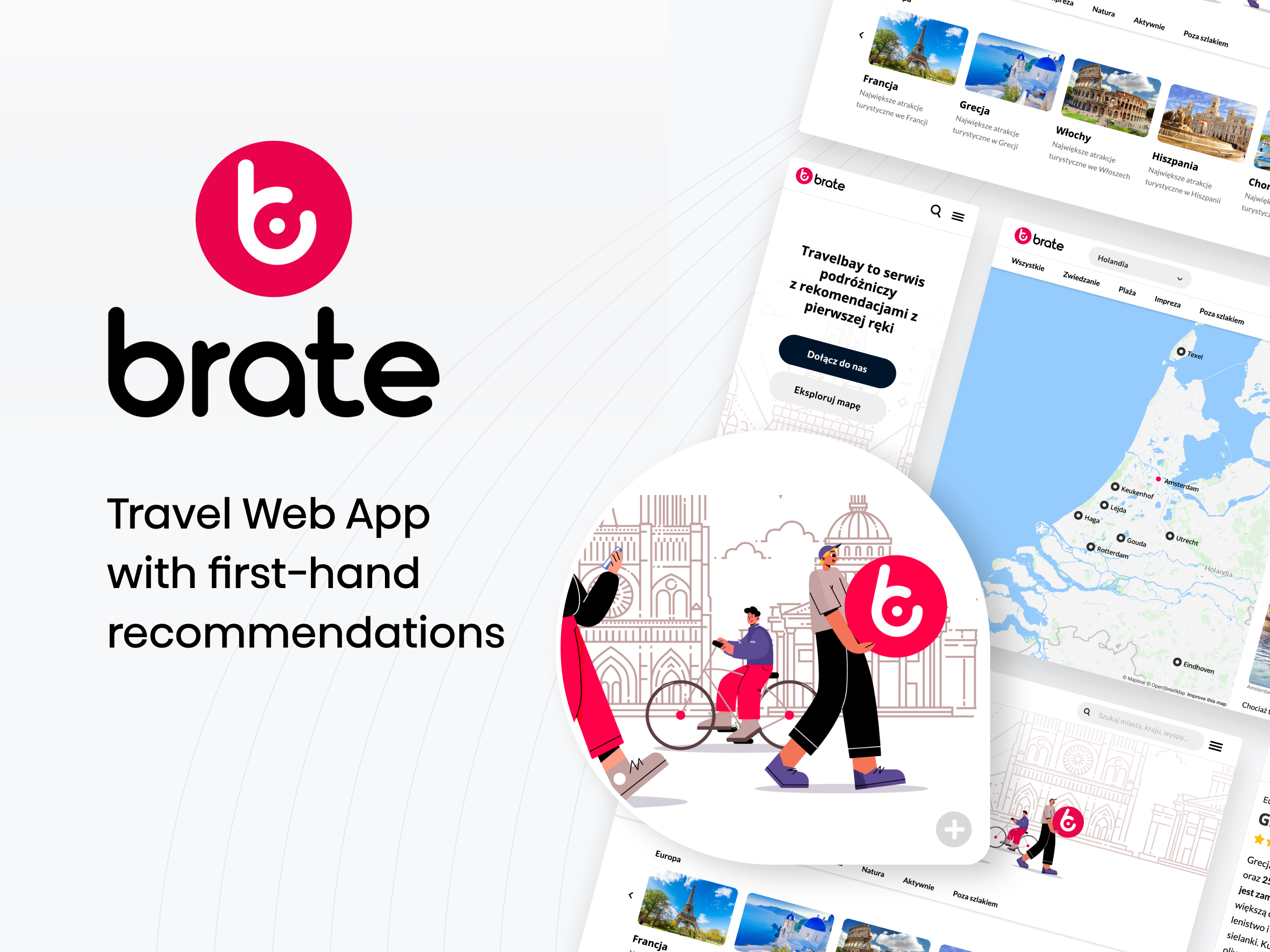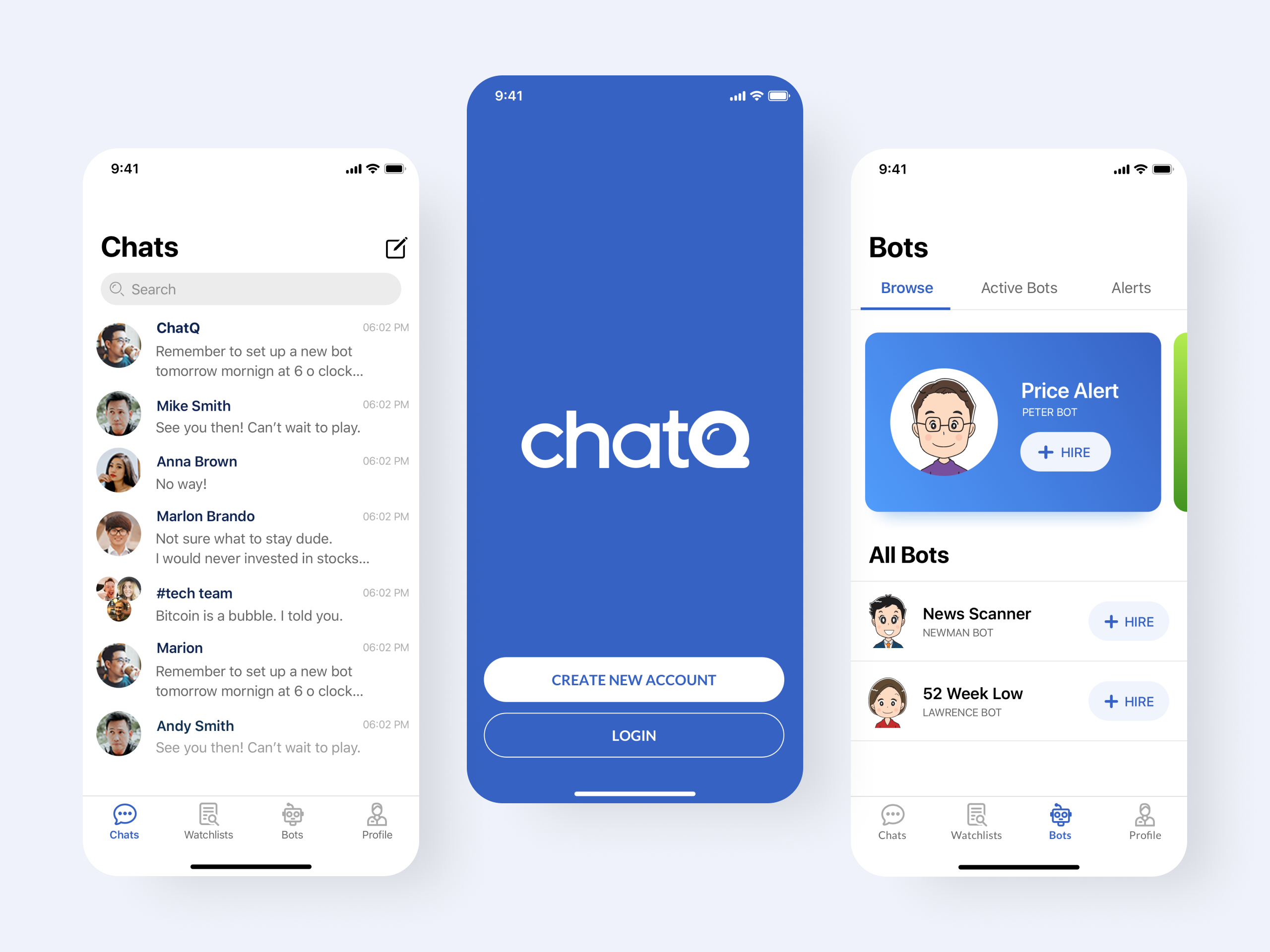AlphaWallet is an open-source Ethereum Wallet for users and businesses. I joined the team in 2019 without prior knowledge about blockchain, web3, and cryptocurrencies. I caught up very quickly.
We had an established native iOS and Android app, the first TokenScript-compatible wallet. To explain, TokenScript is a programmable smart token interface. It allows token issuers and other trusted authorities to enrich a given token with a comprehensive set of information, rules, and functionalities.


The project was designed in Sketch, where one design had to work for Android and iOS. The result? It was neither compatible with Material Design nor iOS Design Guideline. The design system did not exist. It had a strong color theme, which was not ideal for developers to fork and quickly adjust to a brand’s theme. It looked awful.

While reaching out to existing users, I made an early discovery. An average user perceives crypto wallets as they were bank accounts. They don’t understand that wallets are just clients of the Ethereum blockchain. They are non-custodial. Wallets don’t store funds. They are like email clients, such as Outlook. The mental model is wrong in the first place.
Back then, the wallet used an old backup method that was not super secure, such as a keystore and private key. As a result, we have decided to prioritize improving the wallet’s security, which is the most critical factor for a crypto wallet. The app needed a complete redesign, but we could wait with this until we have the security issue backed up. We didn’t want to leave the current users vulnerable.

I started with a competitor’s analysis. Since copying, ekhm… “getting inspired from” competitors is usually a bad idea – since you don’t know how it performs, I’ve decided to run unmoderated usability tests on other wallets.
The results were promising. We found that backing up a wallet with a seed phrase is still the best possible option. On top of it, we wanted to add biometrics to access the app. Why? Otherwise, in case you lose your phone, someone could access a seed phrase and steal all funds. With biometrics, this is very difficult but not impossible (super edge-case).

I created a whole user flow where you can back up your wallet using a seed phrase. We encouraged users to write down the Seed on a physical piece of paper and store it offline in two independent places.

After I finished the designs, we quickly implemented the solution in a separate branch on both iOS and Android. Then I tested .apk and TestFlight builds during moderated 1-1 user tests. After a few adjustments, we went live soon.

At that stage, I decided to create a design system that would support iOS, Android, and a company website. I wanted to stick to native libraries as it would speed up the process. It was also more adjustable in case someone forked a wallet. Only the common elements like colors, spacing, logos, and icons went to a Master library.
Once the design system was established (besides design tokens), I had my building blocks ready. It was time to refresh the look of the app. I went one by one with all the major sections of the AlphaWallet and redesigned them. We gave each of the updates custom names – Fiji, Samoa, etc. It helped to get organized issues in GitHub and in daily backlogs. The number of AlphaWallet forks went up to 250! It was one of our KPIs that indicated that developers are using our technology.



Around 2021 had a DeFi-mania. We didn’t want to miss the opportunity to get new users. After 25 user interviews with existing DeFi users, we discovered what they were looking for.
My hypothesis: if we provide enough data about the portfolio performance, we could create a habit-forming product. I used the framework created by Nir Eyal in “Hooked” book. It worked perfectly for us. Every time a user opens an app, he should have something to “consume.” Little variable, new information that can feed up a dopamine’s hunger. TikTok, Instagram, and Facebook work the same way. And this is so addictive.

Right after DeFi, we went into NFT-boom. We have already supported ERC-721 tokens, but we wanted to do the same for ERC-1155 tokens. Besides that, it was a perfect opportunity for our TokenScript to shine. It represented a new standard in tokenization in which tokens with a programmable interface would become as transformative as HTML.

Soon after, we had a bloom of Layer-2 solutions. The challenge was facing was that users had to understand that certain tokens are on a different network. We decided to go with grouping and adding a small network icon in the corner of each token.
In cognitive psychology, chunking is when individual pieces of an information set are broken down and grouped in a meaningful whole. These chunks bypass the limited working memory capacity (see Miller’s Law) and allow the working memory to be more efficient.
AlphaWallet was the first who introduce that solution. All other wallets copied us later on. I even proposed another solution, where you would see only one token in a wallet, disregarding the blockchain it belonged to.

My last contribution to the AlphaWallet app was building the WordPress website. I described the whole case study on a separate page.


At the time of writing (June 2023) AlphaWallet has 800 forks and is one of the last open-source wallets in the market.


Brate is a Polish web app that makes planning a trip easy. I founded and bootstrapped this project in 2019. Initially, it was a side project that I was developing after working hours. In 2022 it reached 1.8M unique users only in Poland (5M uu since 2019). How can a side project become one of…

ChatQ is a chat message app built for traders. It has the standard functionalities for chat apps with some customizable features tailored for investors. The idea came from a group of traders from Singapore that were using Telegram and Facebook Messenger to share thoughts about market trends and events. They found it very limiting in…